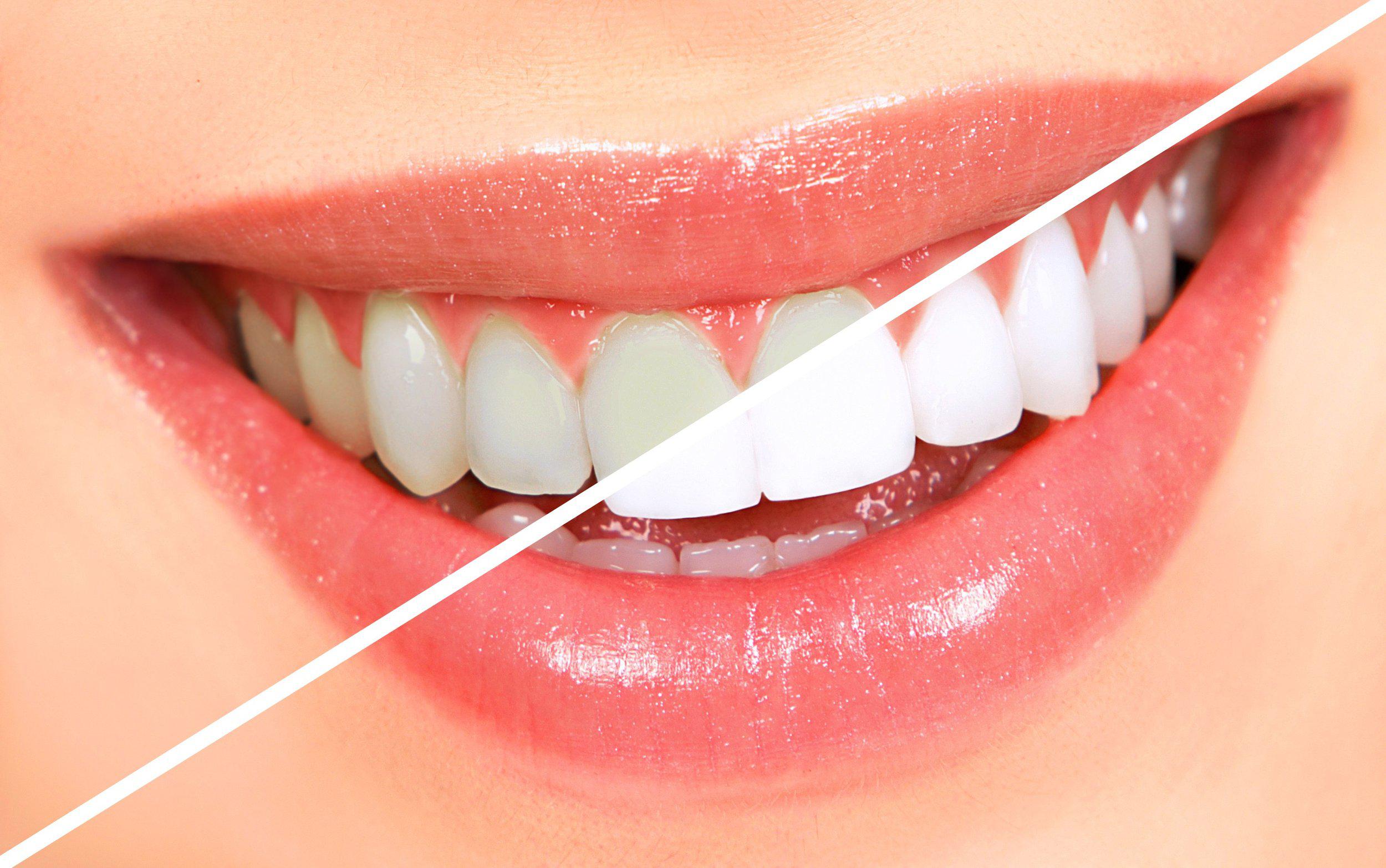 A dazzling smile has the power to light up a room and leave a lasting impression. One of the most effective ways to achieve a brighter, more confident smile is through teeth whitening. In this blog post, we will delve into the world of teeth whitening, exploring the different methods, benefits, and considerations to help you make an informed decision about this popular cosmetic dental procedure.
A dazzling smile has the power to light up a room and leave a lasting impression. One of the most effective ways to achieve a brighter, more confident smile is through teeth whitening. In this blog post, we will delve into the world of teeth whitening, exploring the different methods, benefits, and considerations to help you make an informed decision about this popular cosmetic dental procedure.
The Science Behind Teeth Discoloration
Before we embark on the journey of teeth whitening, it's crucial to understand why teeth may become discolored over time. The main culprits include:
- Diet: Consuming dark-colored foods and beverages like coffee, tea, red wine, and berries can lead to staining over time.
- Tobacco Use: Smoking and chewing tobacco can cause teeth to yellow or even turn brown.
- Aging: As we age, the enamel (outer layer of the teeth) naturally wears down, revealing the yellowish dentin underneath.
- Genetics: Some individuals are genetically predisposed to have naturally darker teeth.
- Trauma: Dental injuries or certain medications can lead to discoloration.
Understanding Teeth Whitening
Teeth whitening is a safe and effective cosmetic procedure designed to remove stains and lighten the natural color of your teeth. There are several methods available, each catering to different needs and preferences:
- In-Office Whitening: Conducted by a dental professional, this method provides quick and dramatic results. A high-concentration whitening gel is applied to the teeth, sometimes activated by a special light. The entire process typically takes around 1-1.5 hours.
- At-Home Whitening Kits: These kits come with custom-fitted trays made in a dental office and a lower concentration of whitening gel. They offer convenience but may take longer to achieve desired results compared to in-office treatments.
- Commercial Whitening Strips: These are over-the-counter products that are typically less effective than at-home whitening kits but more effective than any whitening toothpaste or mouthwash products.
- Whitening Toothpaste and Mouthwash: These products contain mild abrasives or chemicals that help remove surface stains. While they may not produce dramatic results, they can be effective in maintaining a whiter smile after professional treatments. Keep in mind that certain products that contain activated charcoal work by physically removing surface stains with its mildly abrasive particles. While they often yield positive results after use, prolonged use can lead to enamel wear and damage to your natural teeth.
- Natural Remedies: Some people opt for natural remedies like baking soda, activated charcoal, or oil pulling. While these methods may show modest results, they should be used with caution and under professional guidance.
Considerations and Precautions
While teeth whitening is generally safe, it's important to consider the following:
- Consult a Professional: Before undergoing any teeth whitening procedure, consult with a dental professional to ensure it's appropriate for your dental health. If you have tooth decay or gum disease, they will need to be treated first before performing any teeth whitening treatment.
- Possible Sensitivity: Some individuals may experience temporary tooth sensitivity after whitening. This is usually mild and subsides within a few days. Some toothpaste contains potassium nitrate, which can help in reducing sensitivity.
- Maintenance: To prolong the results, avoid or limit consumption of staining foods and beverages, and maintain a regular oral hygiene routine.
Teeth Whitening Service in San Ramon
Teeth whitening is a fantastic option for achieving a brighter, more confident smile. Whether you opt for an in-office treatment or choose an at-home kit, consulting with a dental professional is key to a safe and effective whitening experience. Embrace the transformation, and let your radiant smile light up the world!

